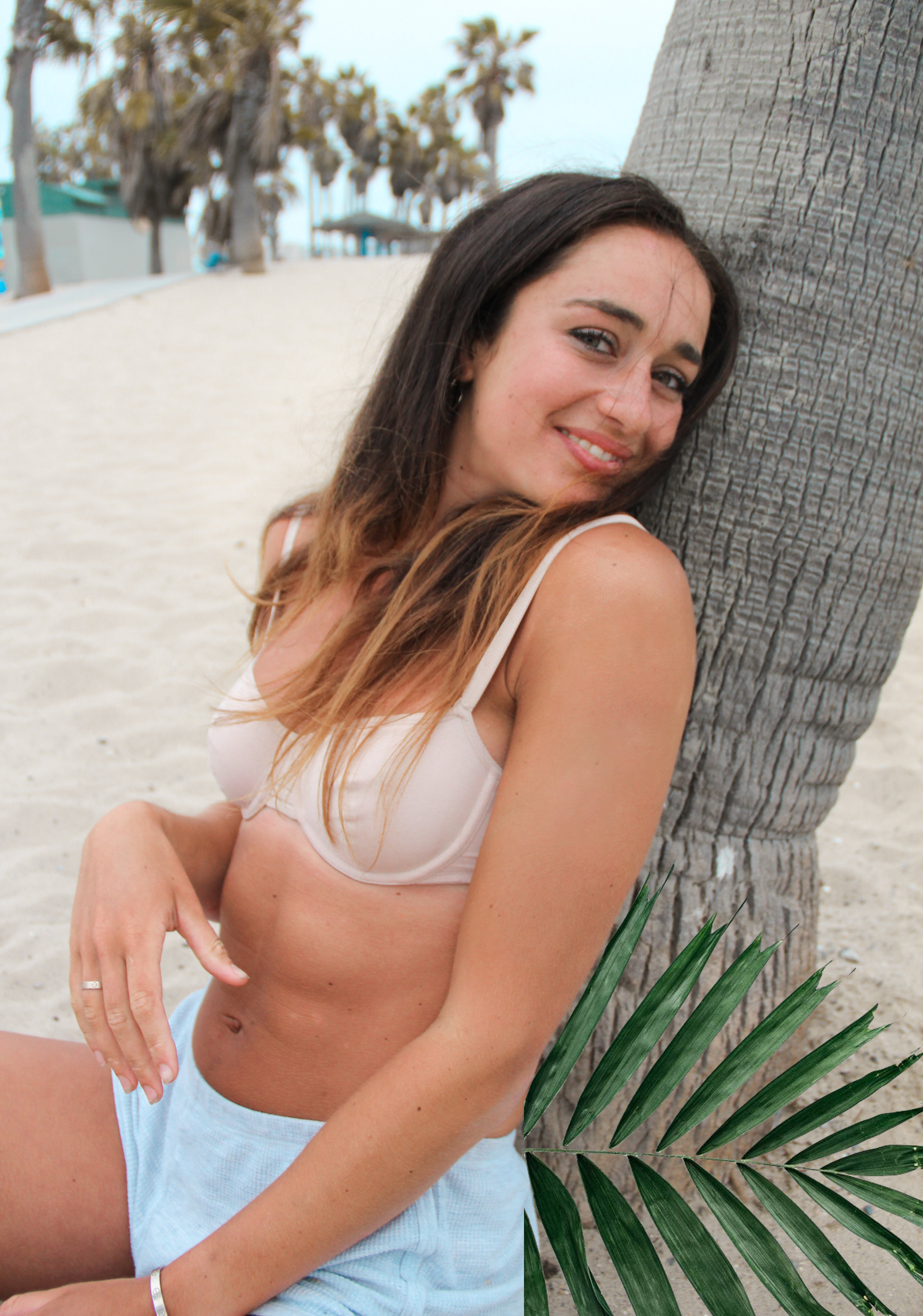Better Underthings
I’ve always struggled to pin down exactly what it means to dress sexily. Is it a matter of exposure and coverage or a matter of showing midriff, thighs and my cleavage? Or is it more simply a matter of what I wear?
After giving it much thought and still with no answer to my puzzle, I decided to look towards fashion’s response to sex: lingerie.
Lingerie has a long history and a longer line of associations. It’s shapes, colours, and materials represent our taste and our desires but also illustrate our history as women and the societal shifts between constraint, liberation and finally acceptance.
The 1700s were an era of restriction, dominated by corsets designed to suffocate a woman’s body and mould them into an ‘ideal’ shape. At the turn of the century, this ideal pear-shaped corset accentuated the hips and bust more than the traditional models. By the twentieth century, women were beginning to have more options available on what they could wear under their dresses. Initially reserved only for men, closed crotched underwear was finally available to women in 1910, whilst open underwear promoted female availability. By the 1950s, there was a new idea of female ownership of sex stimulating society. This was in part due to the rise of pin up girls and luxury brands like La Perla, which proved that sexualisation and sophistication didn’t have to be mutually exclusive. The following decades saw the rise of women’s choice. The no-bra bra movement arose during the 1960’s Liberation Movement, Victoria’s Secret was founded in 1977 and Madonna wore her iconic Jean Paul Gaultier outfit in 1990 with her conical breasts representing total ownership of her sexual identity as a woman.
Today, we have arrived at a place where lingerie neither represents constraint or political necessity. The history of lingerie has all led and contributed to this modern sexuality; one where it is the woman beneath the underwear that dictates whatever type of “sexy” she wants to be.
This is why Coven has partnered up with New York based lingerie brand White Rabbit – to help women make smarter choices about their underwear purchases. White Rabbit is less interested about coverage or lack of it but is rather driven by women’s comfort and empowerment. Not only are their products made from bamboo rayan, the most sustainable option for underwear currently available, but their family-owned manufacturer also only employs women, offering them social security, good working conditions and time off. White Rabbit has also partnered with Fabrica Social, an incredible social enterprise in Mexico City that aims to empower communities of female artisans through sustainable economic development.
White Rabbit reminds us of the choices we as women now have and gave me my answer to what it means to dress sexily. It isn’t about how much lace you wear, how minimally you dress or how expensive the silk is. Sexy lingerie is lingerie that makes us comfortable in our own skin. It’s lingerie that thinks about other women, allowing them access to opportunities and advancement. It’s lingerie that cares as much about our environment as it does our bra size.
It’s lingerie with a conscience.
By Sophia Parvizi-Wayne
Duke Student, leader of national campaign on mental health, Cross Country All-ACC, fashion alchemist, Huffington Post writer, and all-around world-runner
Photography by Rosa Liang





